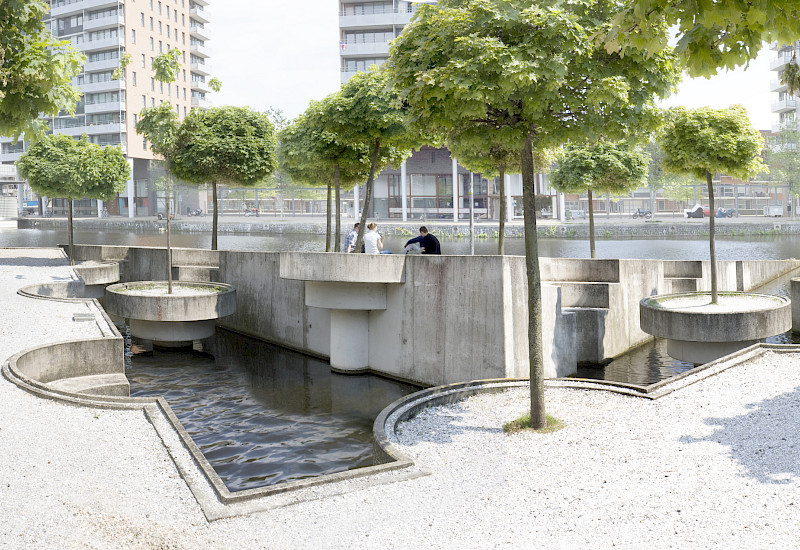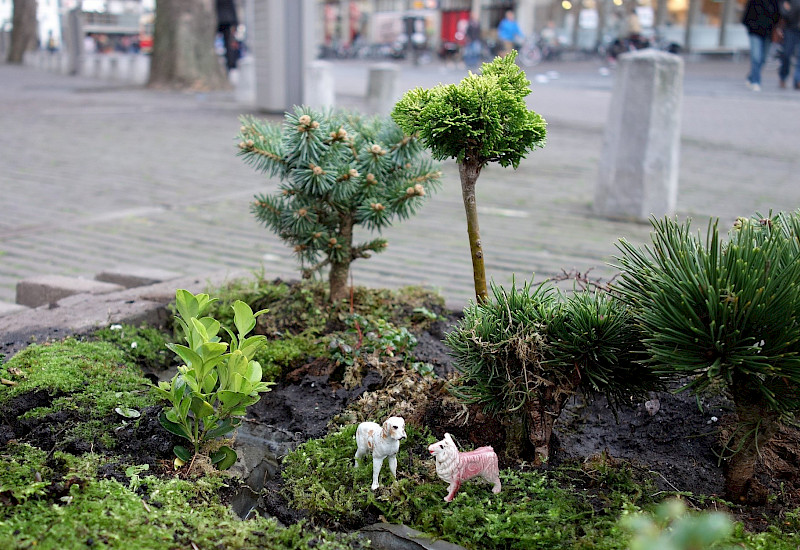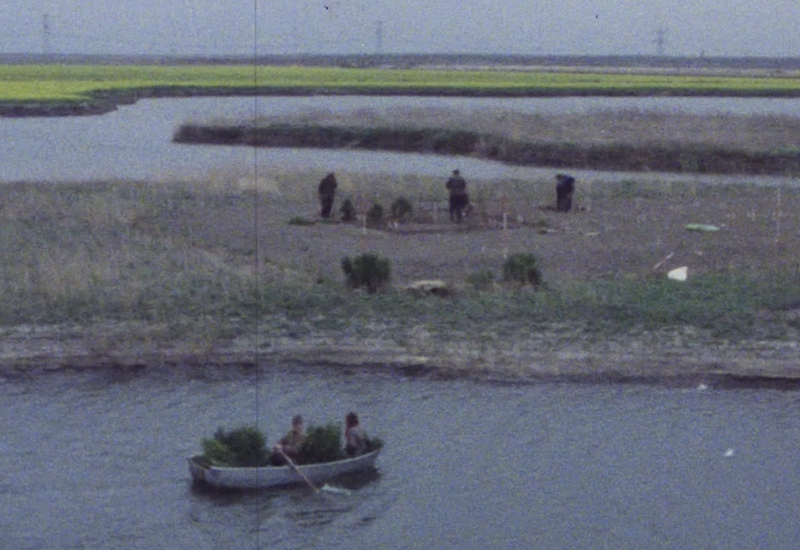LAND
ART
International programme
on the future of land art
Upcoming: new activities in 2025
LIVES
on the future of land art
Upcoming: new activities in 2025

About Land Art Lives
Why is land art particularly relevant today? What are its new manifestations? How do we deal with these often impermanent works of art? And how does land art shed light on the urgent ecological and social issues of today?
Through the Land Art Lives program, Kunstmuseum M. and Land Art Flevoland and partners will jointly investigate these questions. On October 3, 2024 an international conference took place in Lelystad. Prior to the conference, there will be in-depth activities where creators, owners, and other experts will engage in discussions about the future of land art in Flevoland, the Netherlands, and around the world.
All announcements and reports can be found on this platform. It will continue to announce future events even after the conference. Continue reading...
Subscribe to the Land Art Lives newsletter
Program 2025
Reports
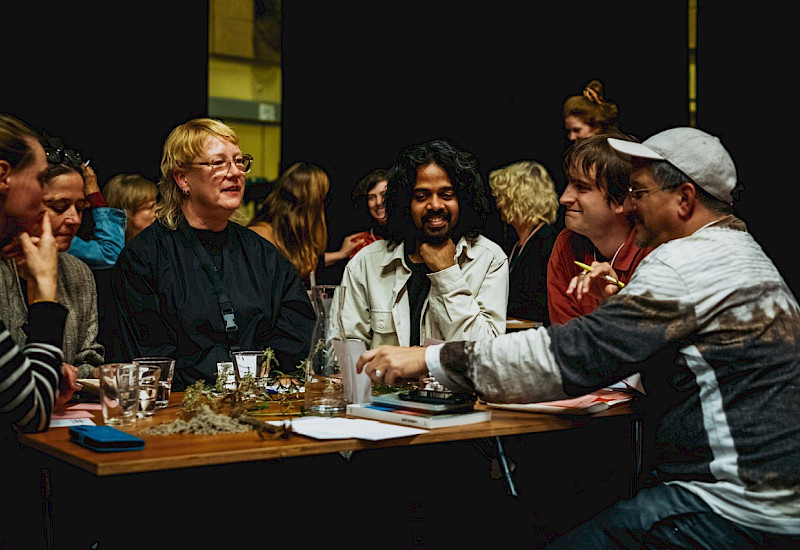
Reflection on a sold-out first international conference on the future of Land Art
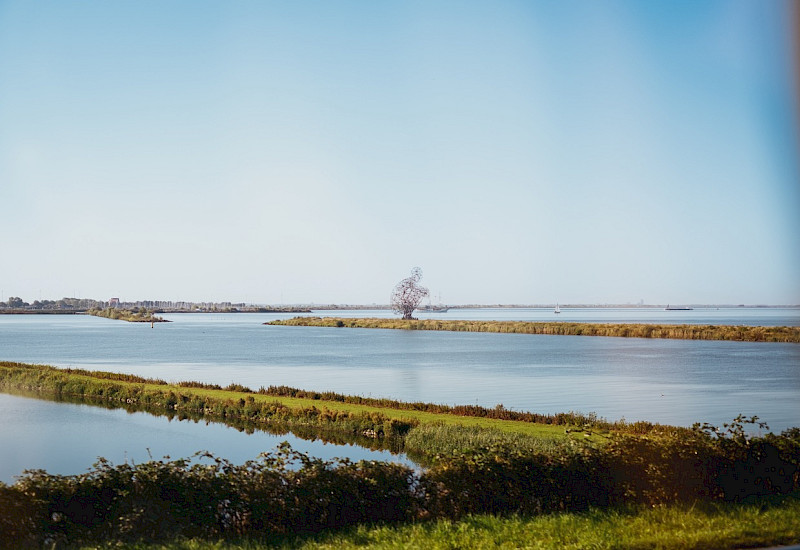
Verslag fieldtrip
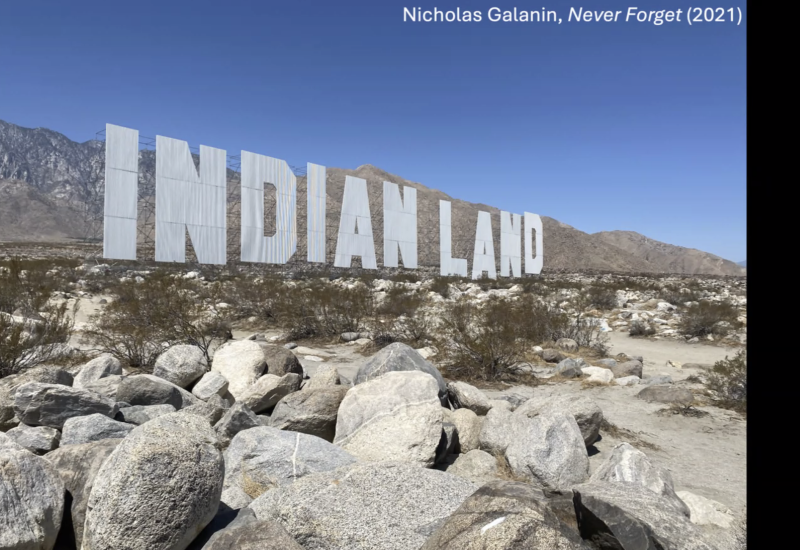
Land art as colonial practice
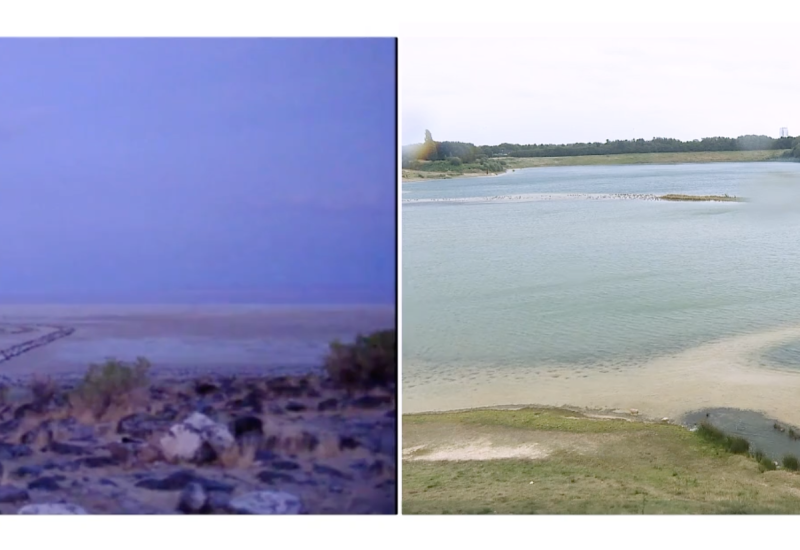
Looking back on: From Dawn till Dusk

Flevolab Tour X Land Art Lives explores new possibilities for land art
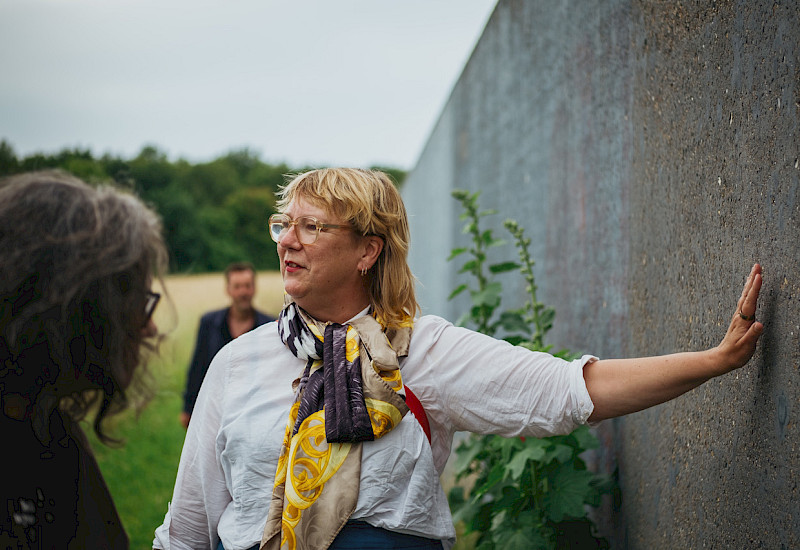
Art in public space viewed through a heritage lens
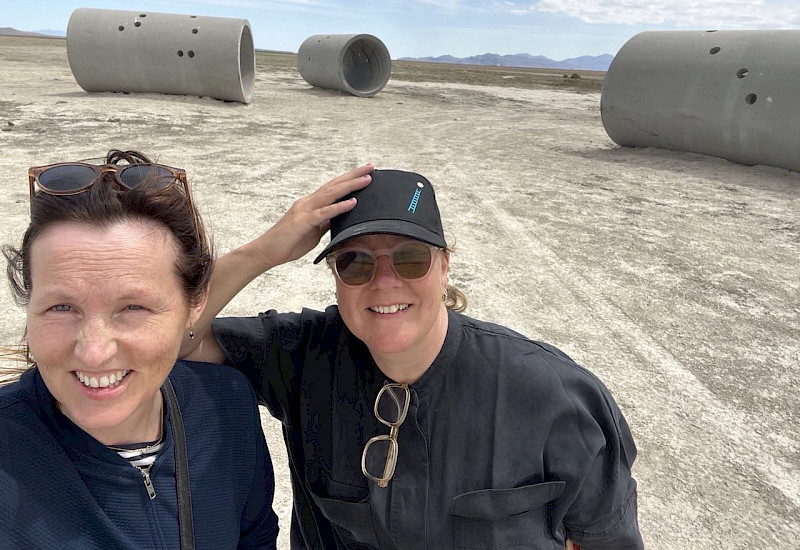
Impressions of the journey along land art
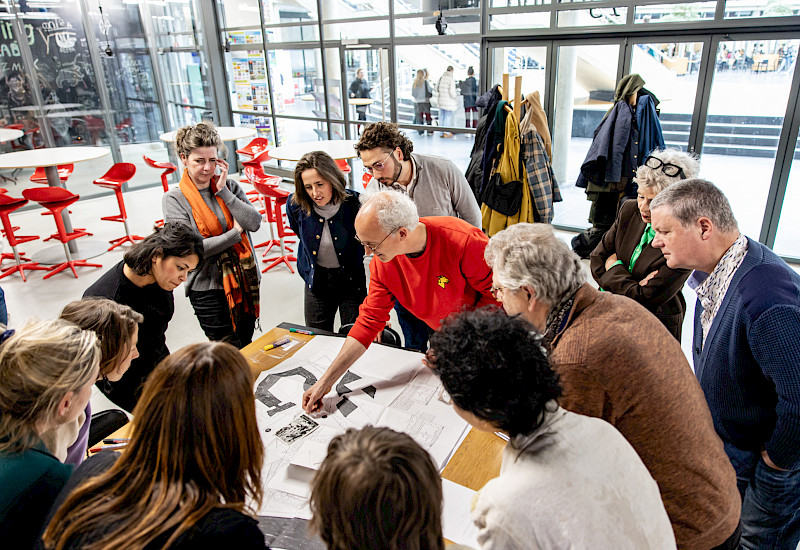
Experimenting with emotion networks during the first session of the Land Art Lives pre-program
News & blogs
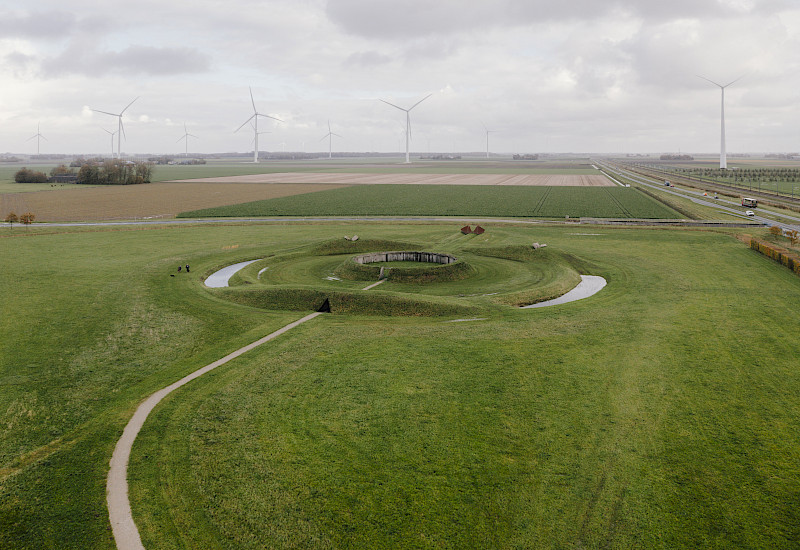
Review Claiming land for art, claiming land for art at Archined
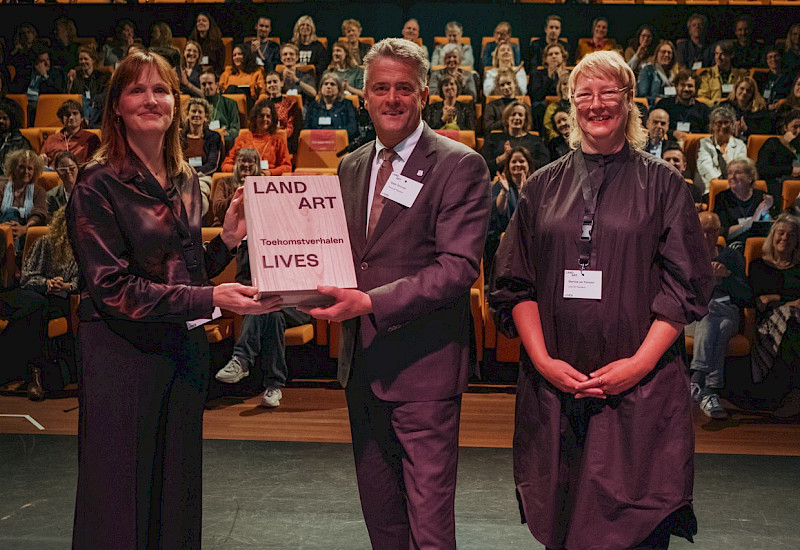
Internationale conferentie Land Art Lives over landschapskunst een groot succes
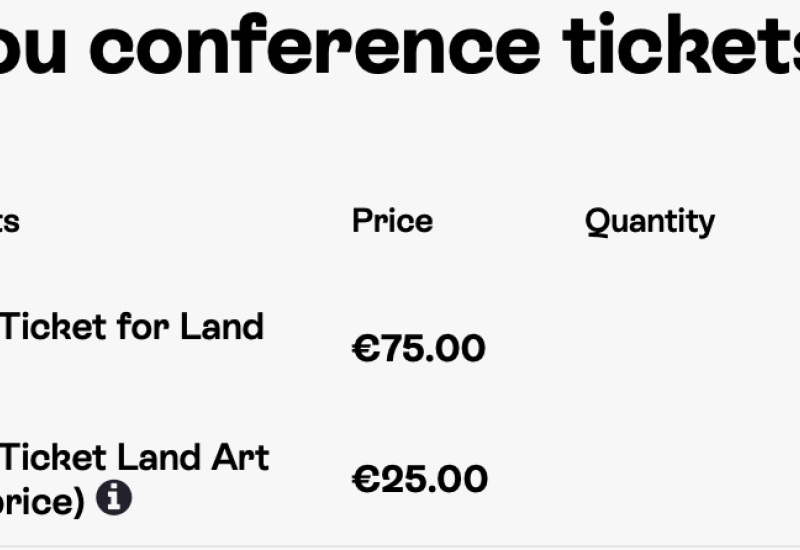
Tickets are sold out
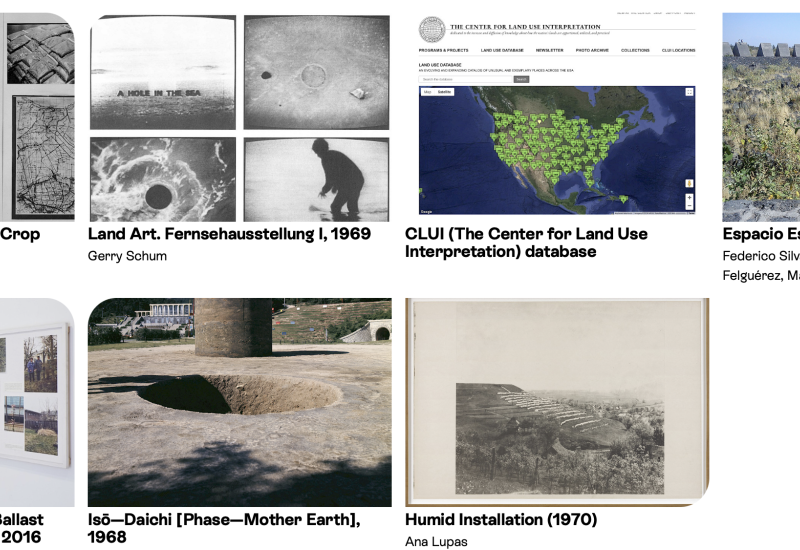
'This is land art too' added to the site
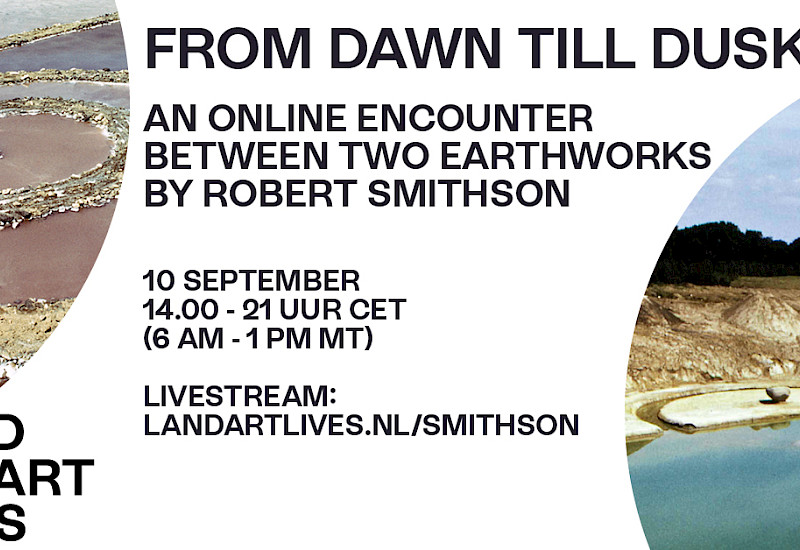
New: livestream connects two iconic earthworks by Robert Smithson

Travelogue: Sun Tunnels by Nancy Holt
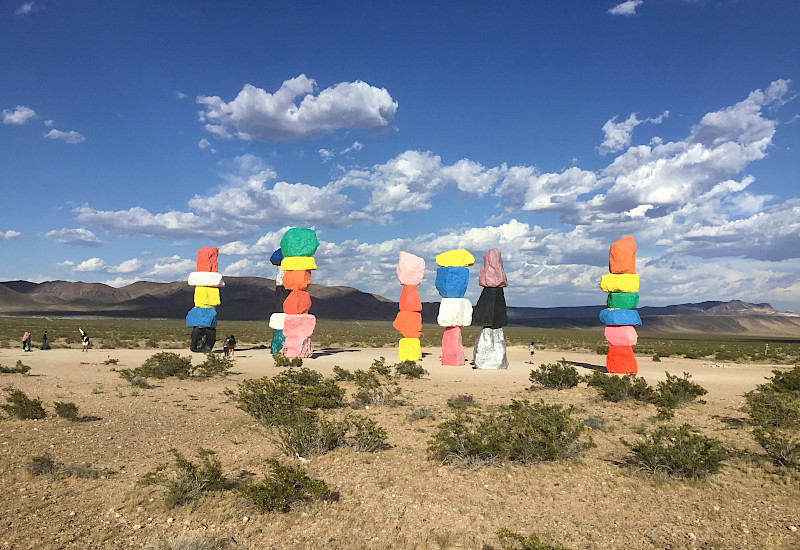
Travelogue: Seven Magic Mountains
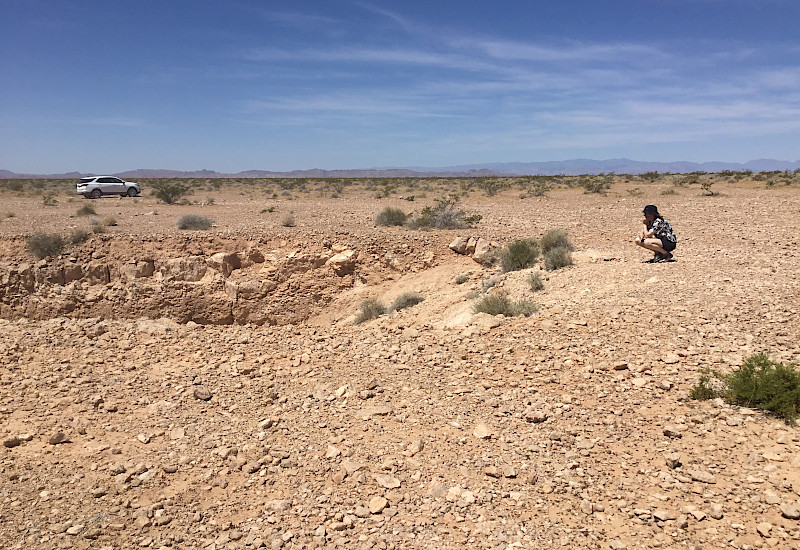
Travelogue: Double Negative by Michael Heizer
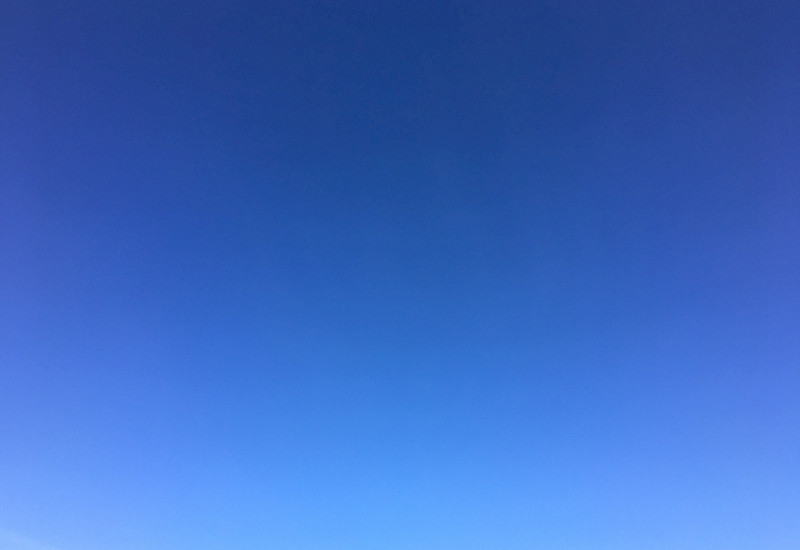
Travelogue: The Lightning Field by Walther De Maria
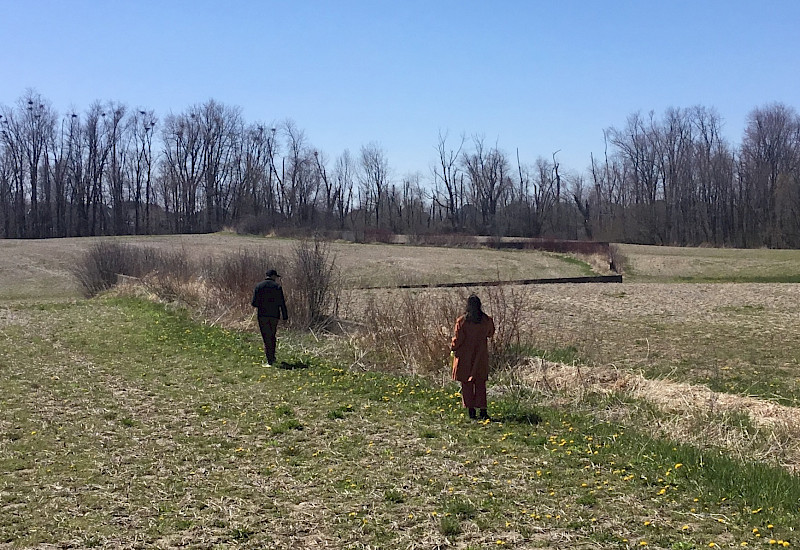
Travelogue: Shift by Richard Serra
Conference and pre-program 2024
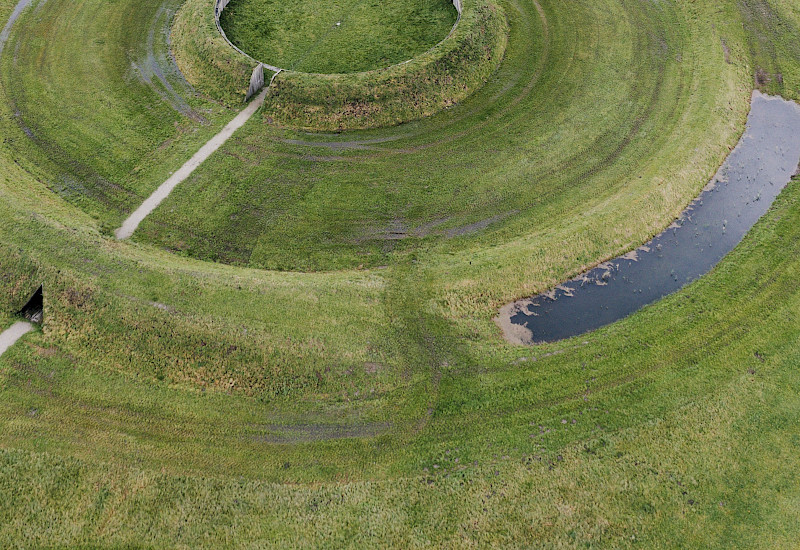
Conference program Land Art Lives 2024
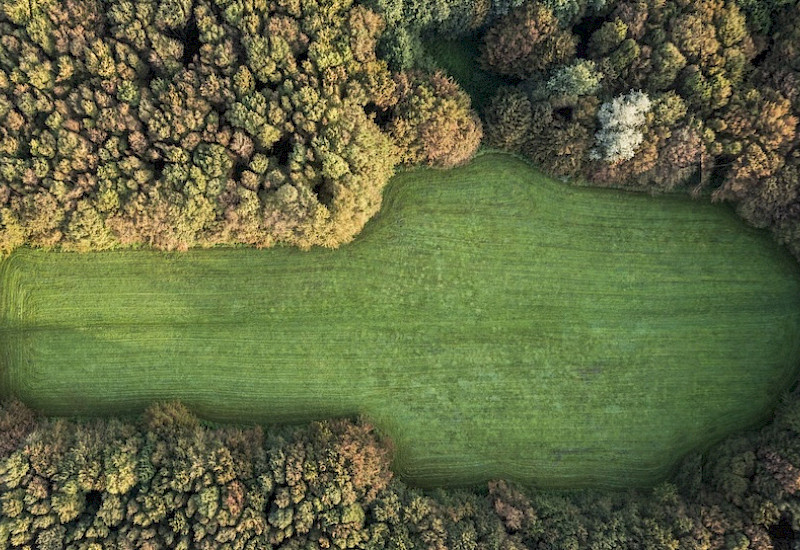
Claiming land for art, claiming land through art
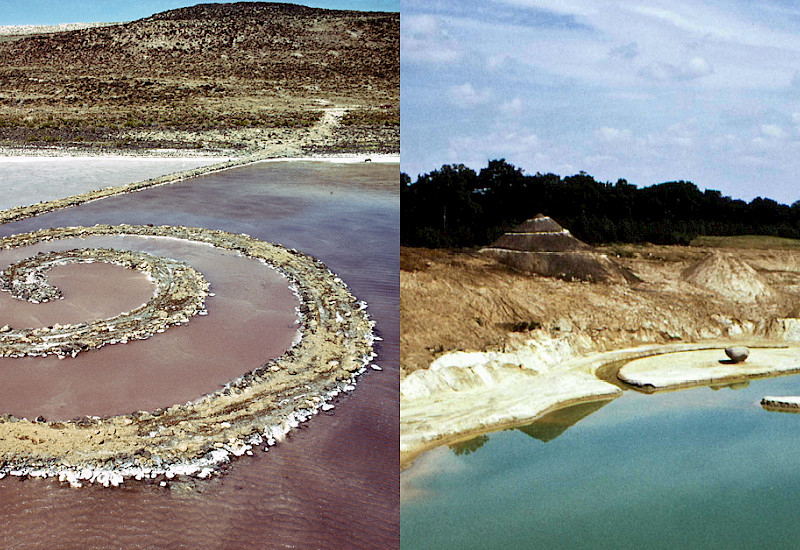
From Dawn till Dusk: an online encounter between two earthworks by Robert Smithson
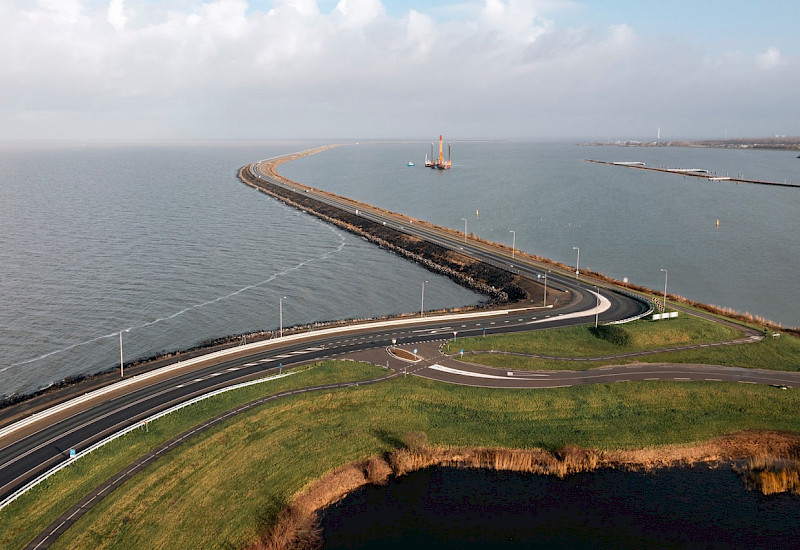
Flevolab Tour X Land Art Lives
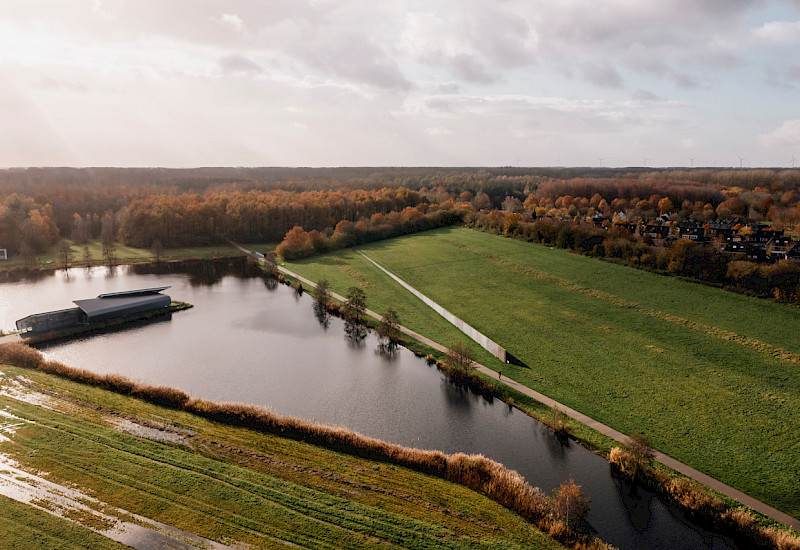
Land art and Post 65 in cooperation with Cultural Heritage Agency
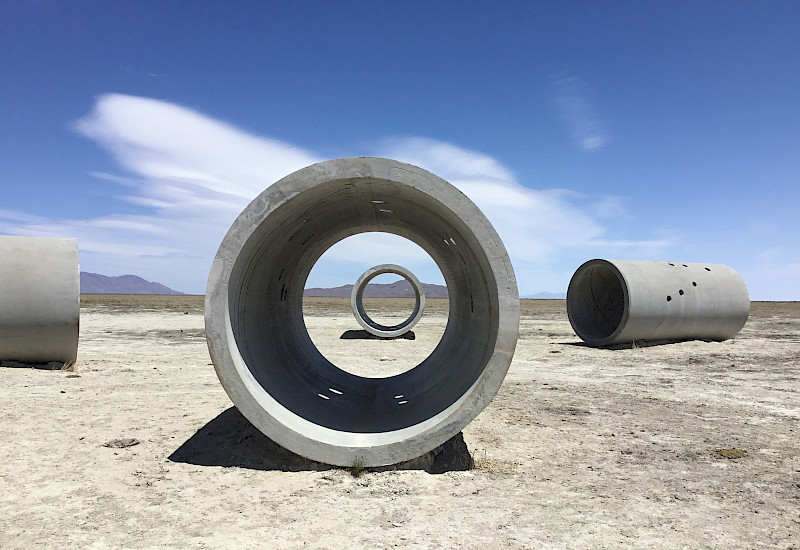
Traveling along land art: from LA to Salt Lake City
